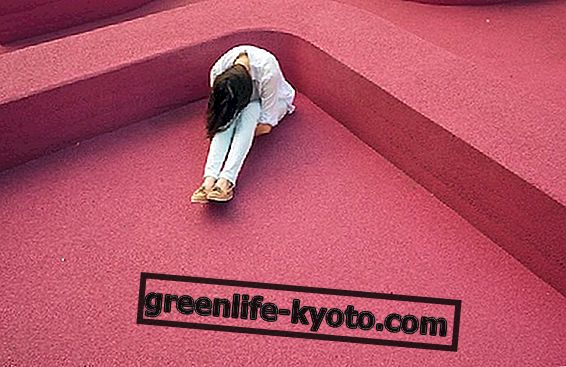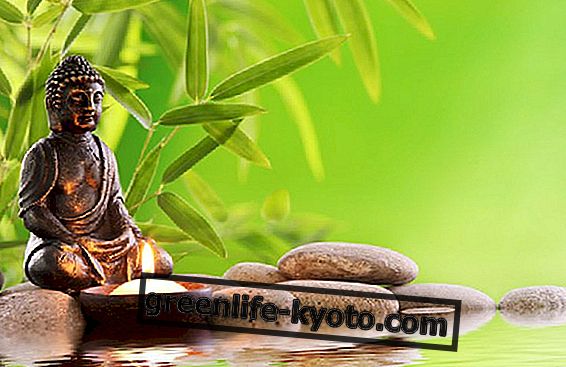
Not even a month ago, in Pune, one of the most important figures in the contemporary yoga world came to an end: BSK Iyengar .
If today yoga is loved and practiced throughout the West, a big part of it is his. In fact, he ascribes himself to that group of teachers who, during the last century, took on the task of spreading this discipline beyond the Pacific, thus allowing it to arrive in Europe.
A personality, his, never seduced by the sparkle of notoriety and whose authority was not diminished by unclear conduct or questionable behavior, as unfortunately happened to many of his colleagues.
A rigorous teacher, a tireless divulger and a fervent practitioner: in the sea of his existence, we try to concentrate on a few particularly interesting drops of life that are important to let us know better this fundamental teacher.
Alignments and small tools: two keywords of Iyengar yoga
Talking about full and complex figures like Iyengar's in a necessarily limited space is always difficult. Everything is inextricably linked to the particular and to bring out something means providing a partial vision, even if in good faith.
For this reason, we simply propose to give some brushstrokes of the fresco that this guru represents, trusting that the interested reader will contribute with his personal researches to add nuances to the picture.
In the West, the type of yoga developed by Iyengar enjoys widespread popularity and, unlike many frivolous western yoga, also diffuse credit. The Iyengar yoga is characterized by a specific attention to the alignments and the perfect execution of the asana in a more rigorous way than other types of yoga. In summary, an important concept is to consider " Every joint as if it were a river between two banks" with the aim of aligning them keeping the awareness on the body constant.
In addition to the emphasis on how to approach the position, Iyengar is also known for introducing the use of small tools in practice. This intuition actually arises from a reflection: in the Puranas (a group of hindū texts of a mainly celebratory and cosmological nature, ed ) it is stated that yogis performed asanas on trees. How is it possible, the Indian master asks? He thus experiences the practice by helping himself with roots and branches and immediately appreciates the support and support they provide. To enjoy these benefits, you do not need to become modern Rampant Barons, you can simply rely on small means that help the student in positions that are more demanding for him, otherwise inaccessible.
Yoga: does the soul want accessories for practice?
An authentic master
An argument that a personality like Iyegar's raises and invites us to reflect on is that of the famous and "international" gurus who become more and more numerous every year.
Reading the work of this master you may disagree on some of his opinions or not share points of view or even prefer other types of yoga than the one he systematized. Yet one cannot deny the sincere devotion to this discipline, its deep yearning to spread it out of authentic inner conviction, witnessed, among other things, by its own life experience. Today, on the contrary, we are witnessing a proliferation of personalities who hook onto the boat of yoga for purely commercial and economic purposes . No matter the technical preparation, the human empathy, the depth of the teaching: courses are offered wrapped in a glittering and glam patina, appealing to the widest possible audience and, generally, seasoned with touches of coarse exotic and folkloric.
Iyengar said: " Everyone can do yoga, but only one in a million can truly be called a Yogi ": we learn to distinguish yogis from yoga practitioners (including teachers) by giving us a critical sense, intellectual depth and a desire to learn more. Let us cultivate the example of great personalities like Iyengar who have contributed to spreading the yogic knowledge and let's nourish ourselves with the work that they have left us. Beyond the different styles and opinions, the VERA research path is the same for everyone.













